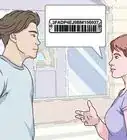This article was co-authored by Audra Fordin. Audra Fordin is a Certified Automotive Technician, the Founder of Women Auto Know, and the Owner of Great Bear Auto Repair in Flushing, New York. With more than 38 years of experience, she has intensive knowledge about foreign and domestic auto repairs. Audra has been featured on numerous news and talk shows such as The Today Show, Inside Edition, and Anderson Cooper.
This article has been viewed 342,933 times.
A VIN, or Vehicle Identification Number, is a unique string of letters and numbers assigned to each vehicle manufactured. Although they have been around since 1954, these steps will work best on vehicles made since 1981, when an international standard system was created. VINs can tell you when and where a car was made, which model of engine or transmission it came with, and other useful information.[1] You can also use a VIN lookup service to check whether that exact car was involved in any accident reports. Read on for details, whether you're curious what each number and letter means, or just want an easy way to get information on your car.
Steps
Finding Out Where and When it was Made
-
1Use the first character to discover the continent of manufacture. You can skip straight to the next step to find which country it is made in, but this basic information is easy to check and remember.[2]
- If the first character is an A, B, C, D, E, F, G, or H, the vehicle was made in Africa.
- J, K, L, M, N, P, or R as the first character means the vehicle was made in Asia. This includes the Middle East. Note that a VIN never begins with a zero or O due to the ease of confusing these two symbols.
- S, T, U, V, W, X, Y, or Z indicate Europe.
- 1, 2, 3, 4, or 5 indicate North America, including USA, Mexico, and Canada.
- 6 or 7 indicate Australia or New Zealand. Note that nearby nations such as Indonesia or the Philippines are considered part of Asia for this purpose.
- 8 or 9 indicate South America.
-
2Use the first two characters to narrow it down to country and manufacturer. Many vehicles are made in a different country than the one the manufacturing company is located in. Compare the first two characters of the VIN to an online chart like this one, including the first "continent" code described above, and find out where a vehicle was really made.[3] This will also tell you which company made the car.
- Some companies use the third digit as well to indicate manufacturer or company division. The first two digits should be enough to identify the country and company, however.
Advertisement -
3Use the tenth character to determine the model year. This method will always work for North American cars, and will often work for cars from other regions. Note that this might be one year later than the car was actually made. A model year of 2008 means the car was probably made either in 2007 or 2008. See below for decoding instructions:[4]
- A 10th character which is an A, B, C, D, E, F, G, or H indicate the years 1980 – 1987 in alphabetical order, or the years 2010 – 2017.
- J, K, L, M, and N are reserved for model years 1988 – 1992, or 2018 – 2022.
- P means the model year is 1993 or 2023.
- R, S, and T mean 1994 – 1996 or 2024 – 2026.
- V, W, X, and Y mean 1997 – 2000 or 2027 – 2030.
- 1, 2, 3, 4, 5, 6, 7, 8, and 9 indicate the years 2001 – 2009 or 2031 – 2039.
- A real VIN never contains the letters I, O, or Q. The year code has additional restrictions, never using the number 0 or the letters U or Z.
- If you're not sure whether your car is new or old, check the vehicle's 7th character. If this is a number, your vehicle's model year is earlier than 2010. If the 7th character is a letter, the model year is 2010 or later (until 2039).
Locating Your VIN and Decoding It the Easy Way
-
1Locate the VIN on your car to start the decoding process. You'll need to find a long serial number, usually 17 digits, marked somewhere on your car or truck. It may be in one of several locations. You can read the wikihow article on how to Find Your VIN (Vehicle Identification Number) or look in the common locations listed below.[5]
- Look on the dash at the base of the windshield on the driver's side for a small plaque.[6]
- Look for a sticker on the driver's door.
- A VIN may also be found in the front of the engine block, easily visible once you open the hood.[7]
- On most newer vehicles, some body parts such as fenders and hoods also have the VIN on them for identification and matching parts to the vehicle.[8]
- Open the driver-side door, and look at the where the side view mirror would be located if the door were shut.
- Older cars may have VINs found elsewhere, such as on the steering column, radiator support bracket, or the left-side inner wheel arch.[9]
-
2Find detailed information quickly by entering the entire VIN online. You can find websites that can decode the VIN of most manufacturers automatically. Try VIN Decoder.net if you're looking for detailed, quickly accessible information.
- You can try to find a VIN lookup on your car manufacturer's web site, but it's not guaranteed to have one.
- If your vehicle was manufactured before 1980, it might have a nonstandard VIN. If free lookup websites don't work, try a paid service such as CARFAX, AutoCheck, or VinAudit. These should give you a little information for free, but a full VIN decoding will cost money.
-
3Use a service to check whether your vehicle has a history of damage. Specialized VIN websites and VIN lookup services exist to see whether your vehicle was involved in an accident, fire, or other damaging situation. You cannot decode this information from a VIN yourself, since the VIN for a vehicle never changes. These services just take advantage of the fact that police and other organizations use the unique VIN to describe a car in accident reports.
- First, try the free service at The National Insurance Crime Bureau website.
- If you cannot get information for free online, you may need to pay for a Vehicle History Report. This should be included in the VIN report services described earlier, such as VinAudit's.
-
4Use other methods to decode it yourself. Follow the other methods in this article instead if you want to have fun decoding it yourself, or if your vehicle was made by an unusual manufacturer not decodable by a website. Finding out where and when your car was made should be easy, while the other methods may take extra effort.
- These codes are fully standardized in North America. Elsewhere in the world, most major manufacturers follow the same standards, but they may use the 9th and 10th characters for different purposes. In North America, the 9th must be used as "checking code" to confirm the VIN is real, and the 10th must be used to indicate the year the car was made.
Getting Additional Information
-
1Acquire your car company's decoding sheet. For all additional information, such as the make of engine or the exact assembly plant that made the vehicle, you'll need to know the internal system that car manufacturer uses.
- If you don't know the car manufacturer, you can look it up based on the second character. Look up the most common manufacturer's code online.
- Try to find a VIN lookup service or the VIN decoding sheets on your car manufacturer's website. Failing that, use a search engine to look for "VIN decoding sheet" + "(name of company)". This may be difficult or impossible for some manufacturers.
- Contact the company's support service if they have one and ask about VIN decoding specific to their cars.
- Ask an auto service shop if you can see their decoding charts. The workers there use the charts to direct the repairs and adjustments they make.[10]
-
2Use the third character to determine the type of vehicle or the company division. Depending on the manufacturer, the third character of your VIN is used either to narrow down the location further to a company division, or to describe the vehicle's type. Most of the time, this character simply means "car" or "truck", or provides little information that the country code doesn't, for instance "made by Honda Canada".
-
3Use characters 4 through 8 to decode information on component types. These make up the "Vehicle Description System" or VDS. According to specific company codes, they describe the vehicle's engine and transmission types, exact model, and similar information.
- Technically, the 9th character is also considered part of the "VDS" section, but is used to confirm the VIN is real, not to describe a component.
-
4Use the 11th character to discover the exact assembly plant. If you want to know exactly which factory was used to make your car, the 11th digit will tell you. Just like everything else in this section, you'll need to find that company's system to find out more. See the beginning of this section for more details on how to accomplish that.
-
5Use the 12th through 17th digits to find the serial number or miscellaneous information. Each manufacturer can decide how to use this space for their own purposes.[11] Most commonly, this is a single 6-digit number that tells you the vehicle's serial number.
- Some manufacturers never repeat serial numbers, while others start again at 000001 each year.
- The 10th through 17th digits are referred to as the Vehicle Identification Section.
Checking Whether a VIN is Real or Fake
-
1Use an online VIN calculator to quickly confirm the VIN is real. Use a search engine to find one and enter your full VIN. Remember to use capital letters.
- Follow the instructions below if you want to calculate it yourself instead.
- Shady used car salesmen sometimes replace VIN stickers to hide a history of damage. Using an online calculator can quickly confirm whether it's a lazy fake, but a smart criminal will use a real sticker from a similar model. This is where you can compare the VIN in the door to the VIN on the dash or on other body components to see if major components have been replaced with used parts or mismatched parts, indicating wrecks or rebuilds.
-
2Understand the purpose of the 9th character. The 9th character is a "check character" mandatory in North America but commonly used elsewhere in the world as well. This character can be used in a mathematical calculation to determine whether the VIN is fake, and has no other purpose.
- Note: The check character will always be a number or the letter X. If it is a different letter, either the VIN was fake, the car was made before 1980 and uses a different standard, or the car was made outside North America and, unusually, the makers decided not to follow the check digit standard.
- Write down the 9th character now to check at the end of the calculation, or find it again afterward.
-
3Replace each letter with a number according to the information below. The first step involves replacing each letter in your VIN with a number that can be used in a calculation. Use the following system, and keep the characters in the same order as you replace them.[12] For instance, if your VIN begins AK6, you should rewrite it as 126.
- A and J become 1
- B, K, and S become 2
- C, L, and T become 3
- D, M, and U become 4
- E, N, and V become 5
- F and W become 6
- G, P, and X become 7
- H and Y become 8
- R and Z become 9
- If there is an I, O, or a Q in your VIN, it is fake. Real VINs never use these letters, due to how easy it is to mistake them for a number. You can skip the rest of this method, as you already know the VIN isn't real.
-
4Write out the new 17 digit number. Leave plenty of space between each digit as well as below the number. Consider turning a sheet of paper sideways so you have the room to write it in one line.
-
5Write out the following line of numbers underneath, one number below each digit: 8 7 6 5 4 3 2 10 0 9 8 7 6 5 4 3 2. Keep the exact order listed. Note that "10" is one number, and should only go below a single digit.
-
6Multiply each column of numbers. Each digit in the top row will be multiplied by the number directly beneath it. Write the results of each problem separately; do not turn them into one long number. Here's an example:
- A (fake) VIN with letters turned into numbers as described above: 4 2 3 2 2 6 3 4 2 2 6 3 2 0 0 0 1
- The series of numbers to multiply: 8 7 6 5 4 3 2 10 0 9 8 7 6 5 4 3 2
- Multiply 4 x 8 (the first number in each line) to get 32. Multiple 2 x 7 (the second number) to get 14. Continue until you get the following results: 32;14;18;10;8;18;6;40;0;18;48;21;12;0;0;0;2.
-
7Add each number in your final list together. Add every number you got from the multiplication step together to get one number.
- Continuing the example above, we get 32+14+18+10+8+18+6+40+0+18+48+21+12+0+0+0+2 = 247.
-
8Divide the result by 11 and write down the remainder. Don't calculate this division problem out to the decimal point, only to the whole number. You can use a calculator, long division or work it out in your head.
- 'Note": If the remainder is "10", write down an "X" instead.
- Using the example above, 247 / 11 = 22 remainder 5. Write down 5.
- If you're using a calculator that gives you the answers in decimals, and you're not sure how to find the remainder, use an online remainder caculator instead.
-
9Check the 9th digit of the original VIN. If this is the same as the remainder you wrote down, the VIN is real. Otherwise, the VIN is probably fake. The VIN is definitely fake in this case if the car it belongs to was made in North America after 1980.
- Note that, if the remainder is 10, the matching 9th digit of a real VIN will be "X", since the manufacturer can't use a two digit number (10) as a checking number.
- In our example above, the fifth digit of the original VIN is 2 but our remainder is 5. These numbers are not the same, so the VIN must be fake.
References
- ↑ Audra Fordin. Certified Automotive Technician. Expert Interview. 13 January 2022.
- ↑ http://researchmaniacs.com/VIN/VIN-Decoder.html
- ↑ http://researchmaniacs.com/VIN/Where-is-my-car-or-truck-made.html
- ↑ http://researchmaniacs.com/VIN/VIN-Decoder.html
- ↑ http://www.dmv.org/vehicle-history/find-vin.php
- ↑ Audra Fordin. Certified Automotive Technician. Expert Interview. 13 January 2022.
- ↑ Audra Fordin. Certified Automotive Technician. Expert Interview. 13 January 2022.
- ↑ Audra Fordin. Certified Automotive Technician. Expert Interview. 13 January 2022.
- ↑ Audra Fordin. Certified Automotive Technician. Expert Interview. 13 January 2022.
Expert Q&A
-
QuestionWhere do I find the VIN on my hood?
 Audra FordinAudra Fordin is a Certified Automotive Technician, the Founder of Women Auto Know, and the Owner of Great Bear Auto Repair in Flushing, New York. With more than 38 years of experience, she has intensive knowledge about foreign and domestic auto repairs. Audra has been featured on numerous news and talk shows such as The Today Show, Inside Edition, and Anderson Cooper.
Audra FordinAudra Fordin is a Certified Automotive Technician, the Founder of Women Auto Know, and the Owner of Great Bear Auto Repair in Flushing, New York. With more than 38 years of experience, she has intensive knowledge about foreign and domestic auto repairs. Audra has been featured on numerous news and talk shows such as The Today Show, Inside Edition, and Anderson Cooper.
Certified Automotive Technician You can find the VIN number on a sticker that's right by your hood latch. It's sometimes visible in the front of the car, but manufacturers may also put it where the hood latch mounts onto the top of the hood.
You can find the VIN number on a sticker that's right by your hood latch. It's sometimes visible in the front of the car, but manufacturers may also put it where the hood latch mounts onto the top of the hood.
About This Article
To decode a VIN, locate the 17 digit VIN number and write it down exactly as it appears. Next, use a search engine to find a free decoding website, then enter the VIN number you wrote down to bring up detailed information about your vehicle. If your car was manufactured before 1980, it may have a nonstandard VIN. If free websites aren't working, try a paid service for a full VIN decoding! For tips on locating a vehicle's VIN number and spotting fake VINs, read on!



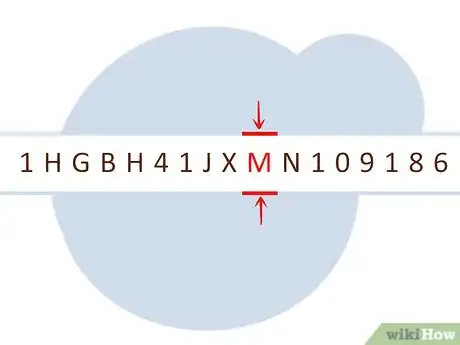
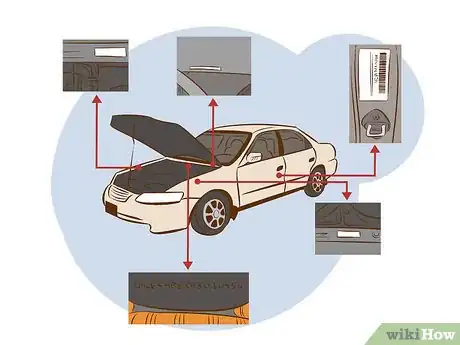
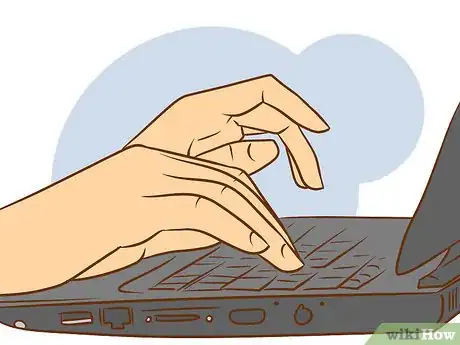
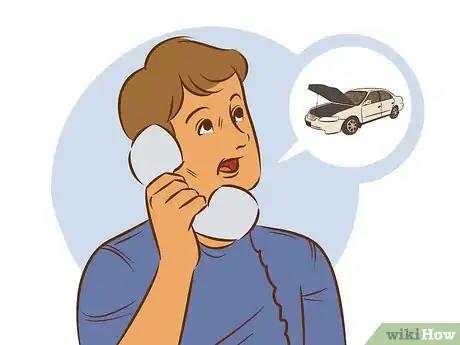

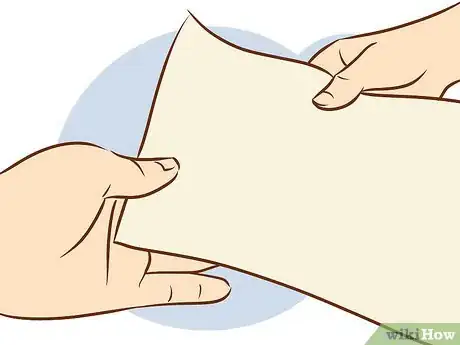

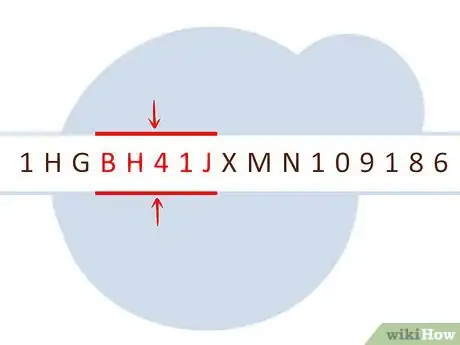
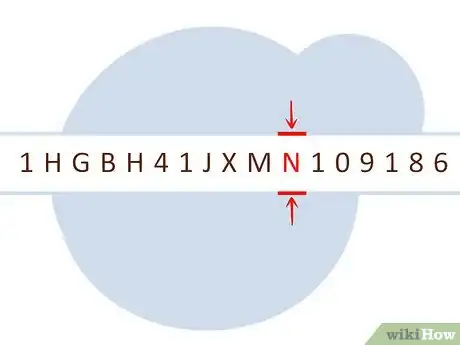
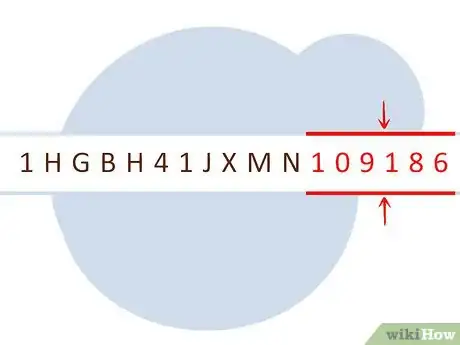
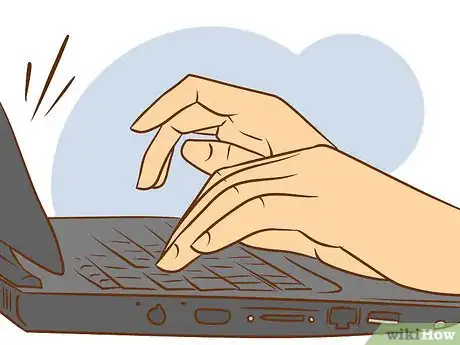
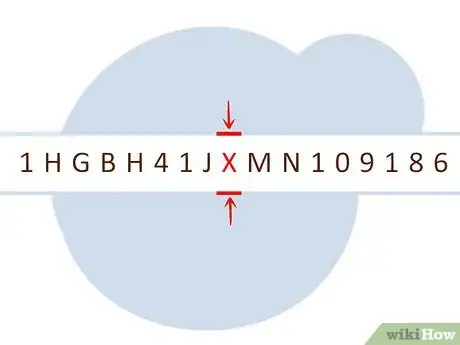
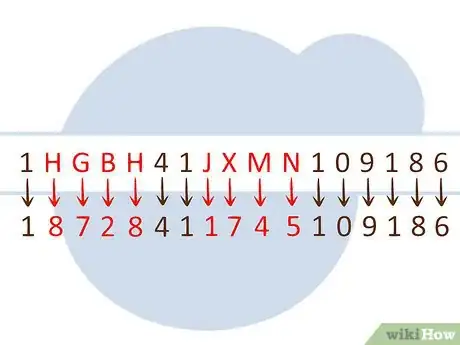
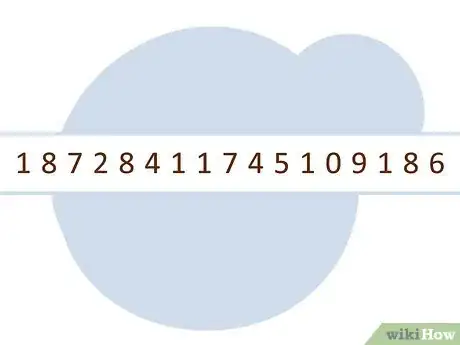
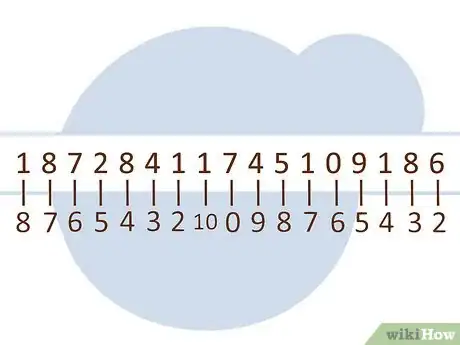

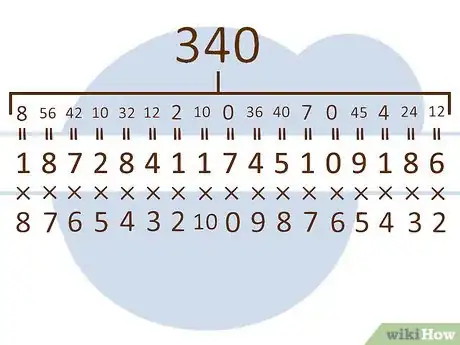
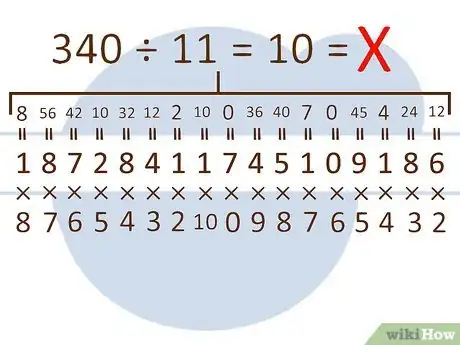
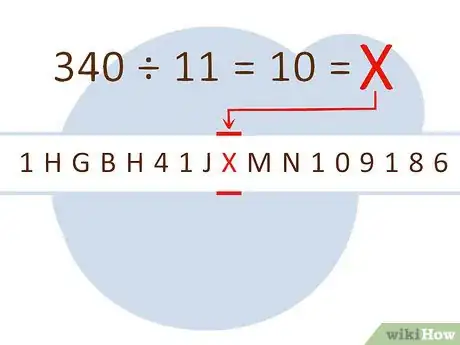
-Step-17.webp)

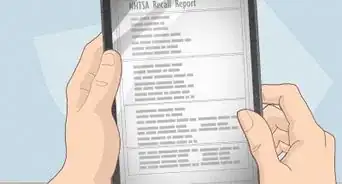
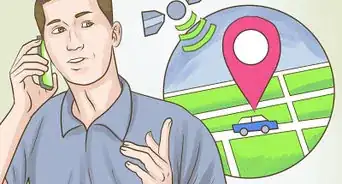



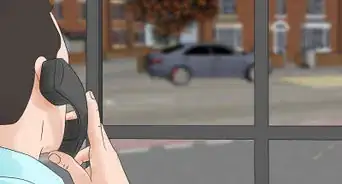
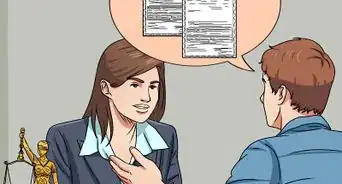

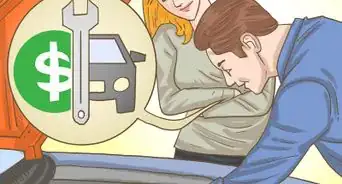

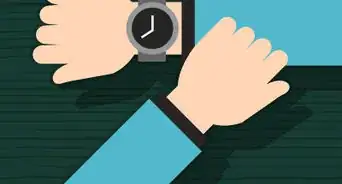
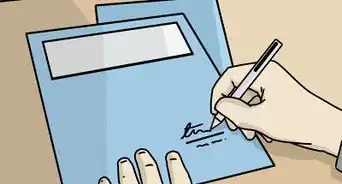








-Step-17.webp)
